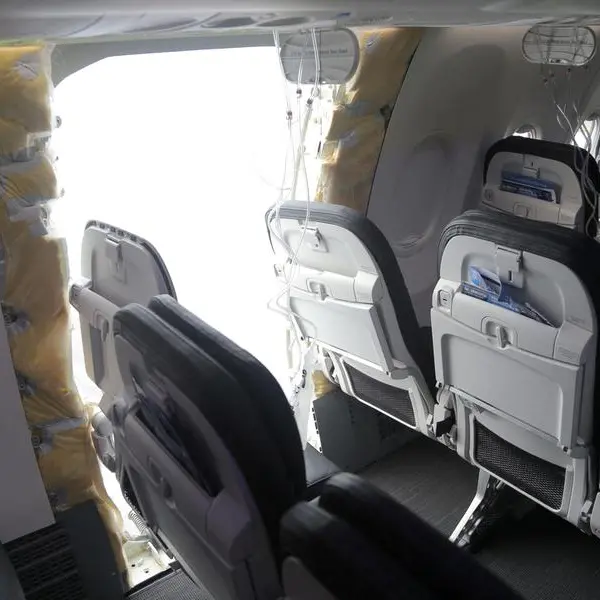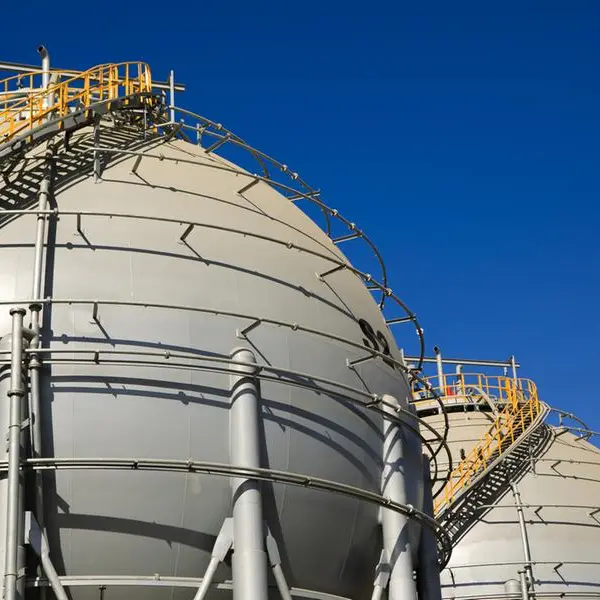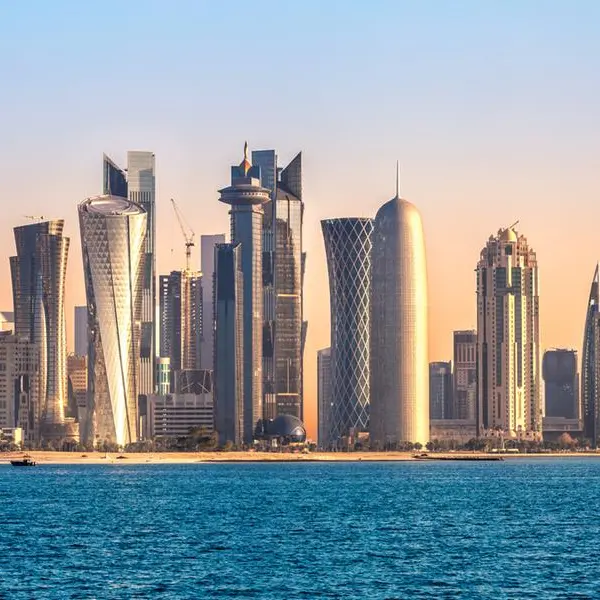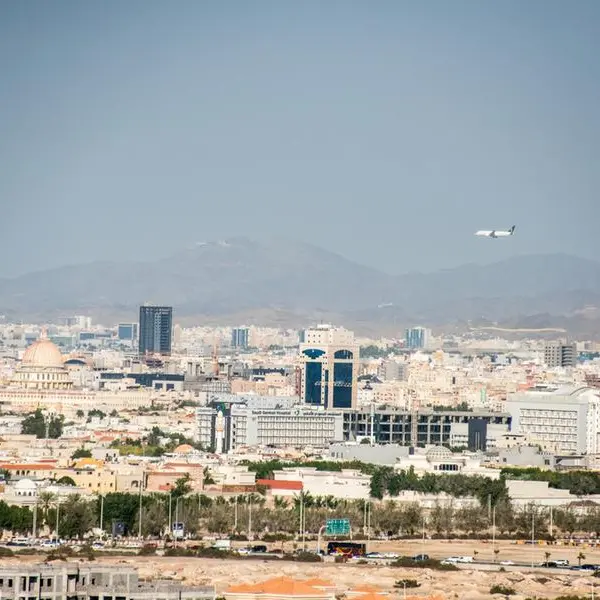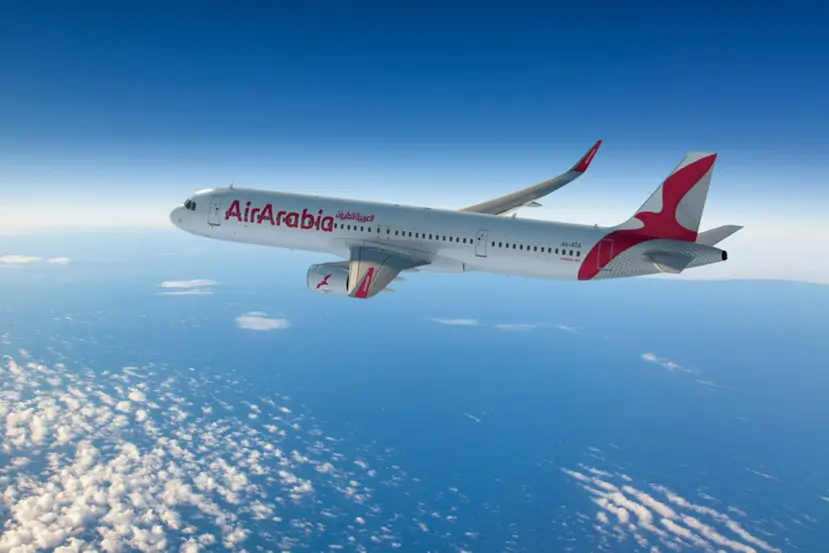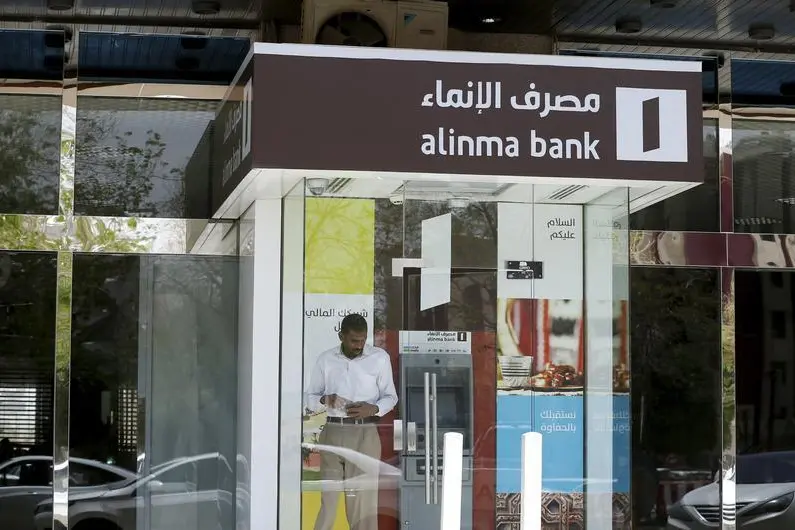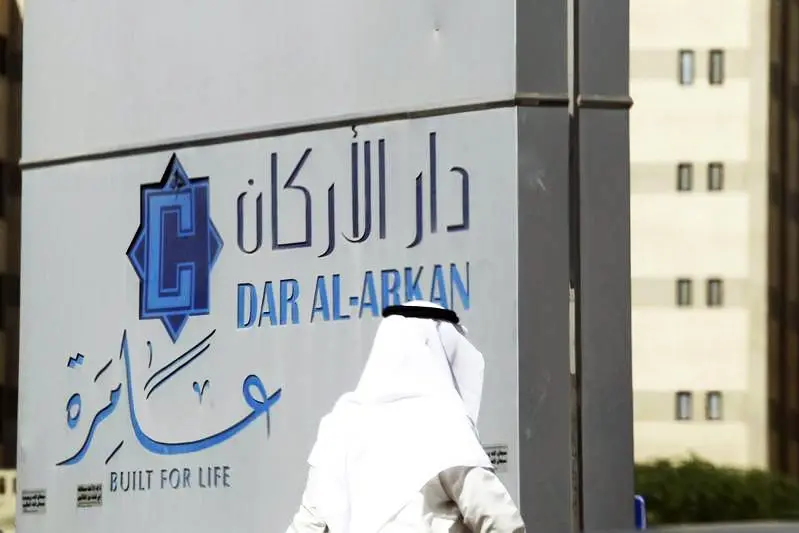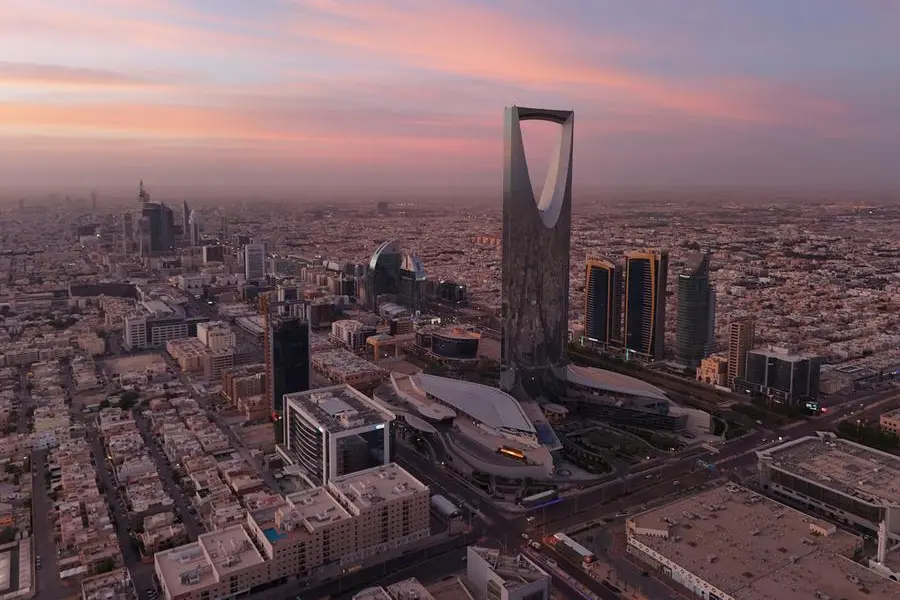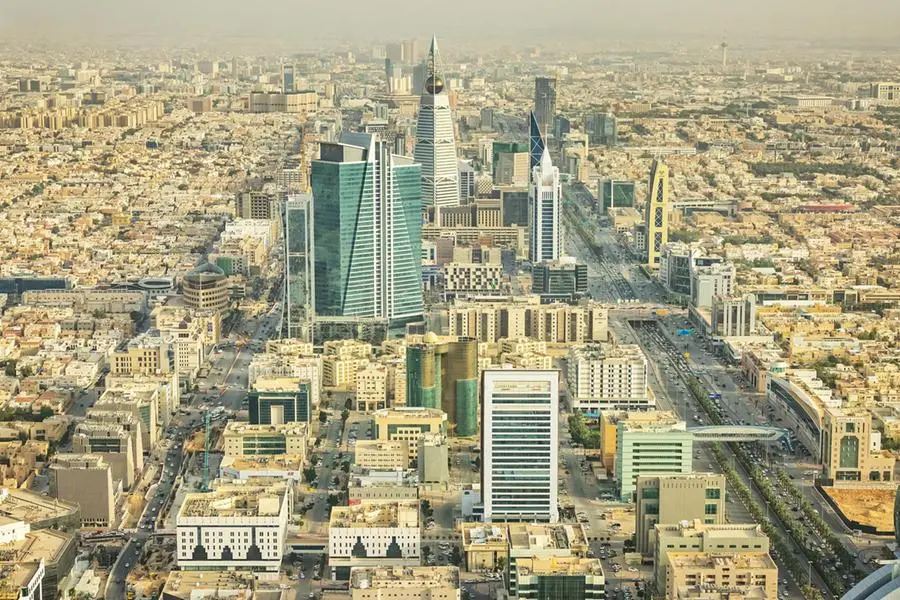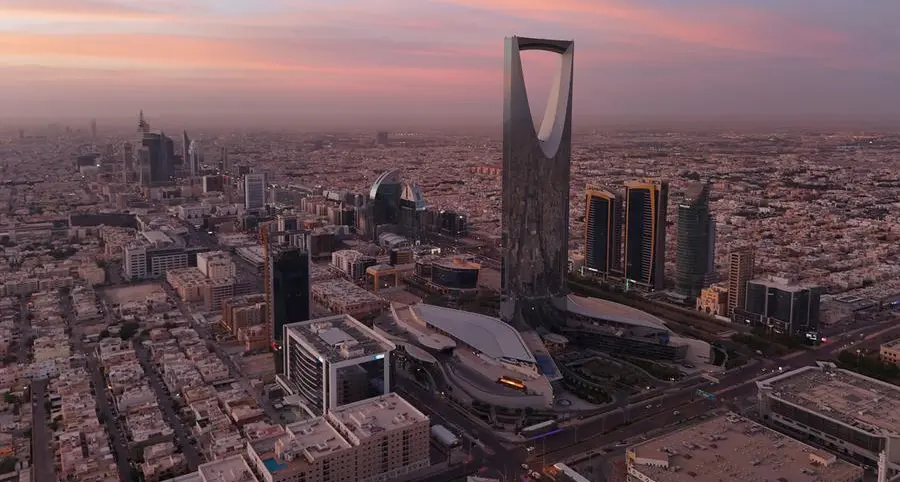Khosravi border terminal is a major trade hub of Iran on the border with Iraq.
The terminal has a key role in economic development of Iran's western provinces, especially Kermanshah, Kurdestan and Ilam, connecting the cities with international transportation networks.
It was established on about nine hectares of land in more than 14,000 square meters of roofed area, 25 kms from Qasr-e-Shirin border city in the west of Kermanshah province in 1999 at a cost of more than rls 70 billion.
The international terminal has two separate halls for administrative affairs and for checking up to 5,000 incoming and outgoing passengers daily.
It is one of the major routes for cargo and passenger transit between Asia and Europe located on the highway to Iraq on the East-West corridor. It provides a safe ground for further activation of the corridor.
With the normalization of political and social conditions in Iraq, which is the main loop in crossing of the East-West and the North-South corridors, the main role of the terminal becomes more evident.
With the activation of the West-East corridor, European goods will be carried to the Central Asian Republics, Afghanistan, Pakistan and even the Persian Gulf littoral states at the least cost, easier and more speedily.
While preparing the ground for promotion of Iran-Iraq trade relations, re-opening of Khosravi border terminal will make it possible for Iranian producers to export goods to Iraq and other countries such as Syria, Lebanon, Jordan and Saudi Arabia.
Moreover, settlement of certain problems, will provide Iranian and foreign tourists with the opportunity to use road transportation facilities to get access even to North African states through Iran and Iraq.
Since it is one of the biggest western terminals of Iran, Khosravi border terminal is also the entry point to one of the official and key eastern trade point of Iraq, i.e. Manzarieh. It is highly attractive to tourists due to the short and cheap route it provides.
Some customs experts believe construction of Khosravi border point in the region was a necessity following the end of the eight-year war imposed on Iran by former Iraqi regime of Saddam, promotion of the Iran-Iraq political relations which resulted in conclusion of an accord for dispatch of Iranian pilgrims to holy sites and regional Shiites visiting Iran as well as expansion of trade exchanges in the way and ceding land transportation affairs to the Road Maintenance and Transportation Organization.
Moreover, since the route to Iraq can be the best substitute to the traditional Turkey route for access of Iranian passengers, pilgrims and traders to Syria, so, such advantages as a 12-hour reduction in travel time, or about 600 kms shortcut, and consequently lowering cost of passenger transportation can be among the advantages of Khosravi border.
Among the facilities of the international terminal reference should be made to the information dissemination station, branches of banks, security funds, warehouses, telecommunication facilities, food and sanitation services for passengers and so on.
Moreover, installation of the X-Ray systems in the entry and exit halls to control passengers' goods in the least time span and setting up offices for supervising passengers' trafficking such as the passport and customs offices, human, animal and plant quarantine departments are among other facilities provided in the border terminal.
Geographically, Khosravi border point in Qasr-e-Shirin is connected to Qasr-e-Shirin from the north, to Sumar from the East, and to Manzarieh in Iraq's Diyala province from the West. It is the shortest distance from Iran to the Iraqi provinces of Karbala and Baghdad.
International Khosravi border point provides means for guaranteeing welfare and peace of drivers with different nationalities through using sophisticated service methods in the trade hall, for safeguarding dignity of the nation and government by establishing beautiful terminals and for setting up facilities which would represent the economic capacity and the cultural and social specifications of the nation and government.
All the necessities point to the need to have a safe and standard route. Khosravi border terminal in Qasr-e-Shirin provides the best capability for economic progress of the country due to its large number of facilities, including 21 hotels and guest houses to serve 5,000 pilgrims a day.
Meanwhile, senior Iraqi officials have announced their readiness to re-open the international border terminal.
Re-opening of the terminal would have a great impact on alleviating poverty in rural areas and on the two countries' economies, while facilitating cultural exchanges between the two sides.
People in Qasr-e-Shirin have for several years been awaiting the re-opening of the terminal, readying themselves to host guests and the pilgrims using Iranian territory to reach holy sites in Iraq.
© IRNA 2007



